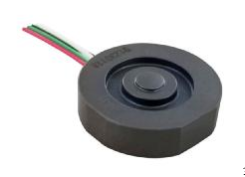TE Connectivity introduces compact force sensors
Automation has become an increasingly important part of our daily functions. This trend not only increases sensor content processing requirements, but also requires sensors to provide higher performance, more compact size, and optimized designs that meet mass production needs.

Global connectivity and sensing leader TE Connectivity (TE) optimizes compact force sensor designs to improve performance. The most basic characteristics of force sensors are sensitivity, stability, repeatability, and accuracy. In addition, it is important that the force sensor be able to withstand high overloads (including accidental drops and other unforeseen stresses) during normal use and operation without damage. In addition to metering applications where sensor accuracy, stability, and repeatability are the main factors, most applications in device manufacturers and consumer markets need to consider the balance between the implementation of force sensor functions and production costs, and expansion into mass production Threshold capability.
TE ConnecTIvity (TE) 's FX29 push-button compression force sensor is a model that combines high performance with outstanding value, while designing a very compact size. The core sensing element is a semiconductor micromechanical silicon piezoresistive strain gauge. Each force sensor has four carefully arranged MEMS bare chips. These strain gauges are paired according to closely matched thermal / electrical operating characteristics to form a Wheatstone bridge. Two strain gauges measure tension and the other two gauges measure Compression force. The substrate to which the strain gauge is attached can deform when subjected to external force or torque. The differential voltage output signal generated by the bridge is proportional to the magnitude of the external force on the FX29 substrate.